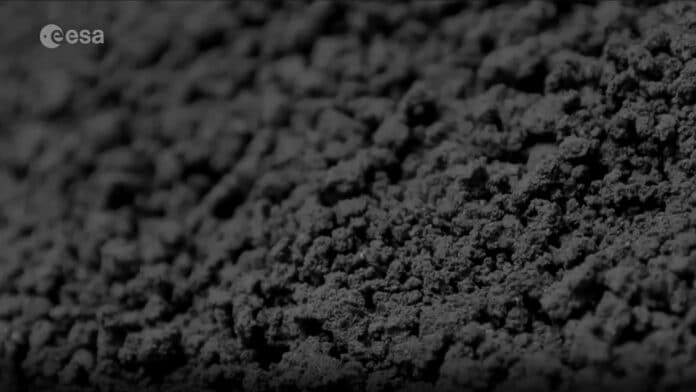Given the right environment, all matter can burn by adding oxygen, but finding the right mix and generating enough heat makes some materials combust more quickly than others. Scientists are keen on discrete burning, whereby flames do not burn through fuel continuously but jump from one fuel source to another. This form of fire hardly occurs naturally on Earth.
ESA’s microgravity experiment facilities investigate a type of fire called discrete burning. A team led by Professor Jeffrey Bergthorson at Eindhoven University of Technology in the Netherlands and McGill University in Canada examined burning iron powder in zero gravity through parabolic flights and on sounding rockets launched from Sweden.
In experiments on zero-g aircraft and rocket flights, burning iron dust made the iron particles float and discreetly ignite. High-speed cameras recorded the outcome and helped the scientists comprehend the occurrence. This led to computer simulations demonstrating the optimal circumstances for burning fuel on Earth.
This research makes it possible to build efficient and practical iron-burning furnaces.
A demonstration plant is already operational in Budel, close to Eindhoven, the Netherlands. Using iron as its fuel, this generator can produce 1 MW of steam in a unit that stands in a warehouse. Such an iron power plant could generate much more energy if scaled up.
Numerous start-ups are already pursuing This carbon-free fuel to power factories and industrial activities.
As space agencies prepare to build sustainable lunar outposts, supplying energy for the astronauts on the Moon is just one of the challenges to overcome. Metal fuel could be a solution.
